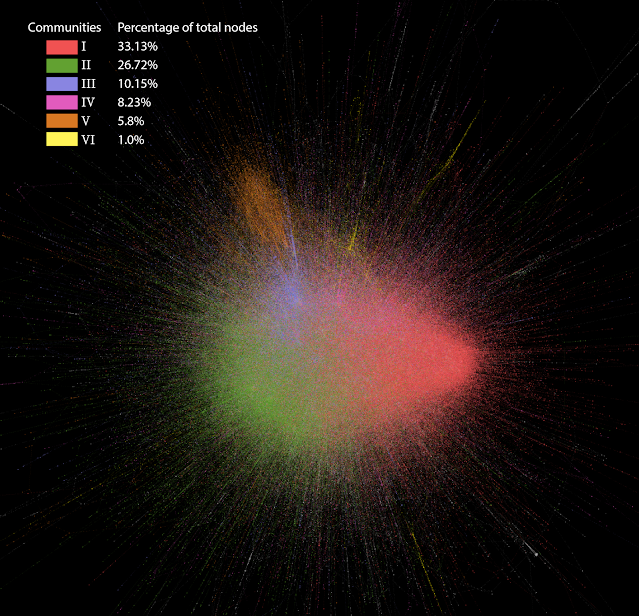Large Scale Agent-based Model Simulating Information Diffusion of Covid-19 Vaccines in New York State

In the past, we have built an agent-based model to simulate individuals' Covid-19 vaccines uptakes in a rural county - Chautauqua (New York) . Recently, at the 7th ACM SIGSPATIAL International Workshop on Geospatial Simulation (GeoSim 2024) , we ( Na (Richard) Jiang , Andrew Crooks , and Lucie Laurian ) have extended that model to the entire New York State to explore the diffusion of Covid-19 opinions in a hybrid context (e.g., physical, relational and cyber spaces) and its impacts on people's attitudes which are reflected in their vaccination behaviors. This project has significantly extended the previous work in a number of ways. First , we move the model from a single rural county to the entire NYS that has 62 counties which differ substantially in socioeconomic status and move from a small population of 120,000 to over 20 million agents . By doing so, it allows us to compare vaccination uptakes in different areas (e.g., ur...





